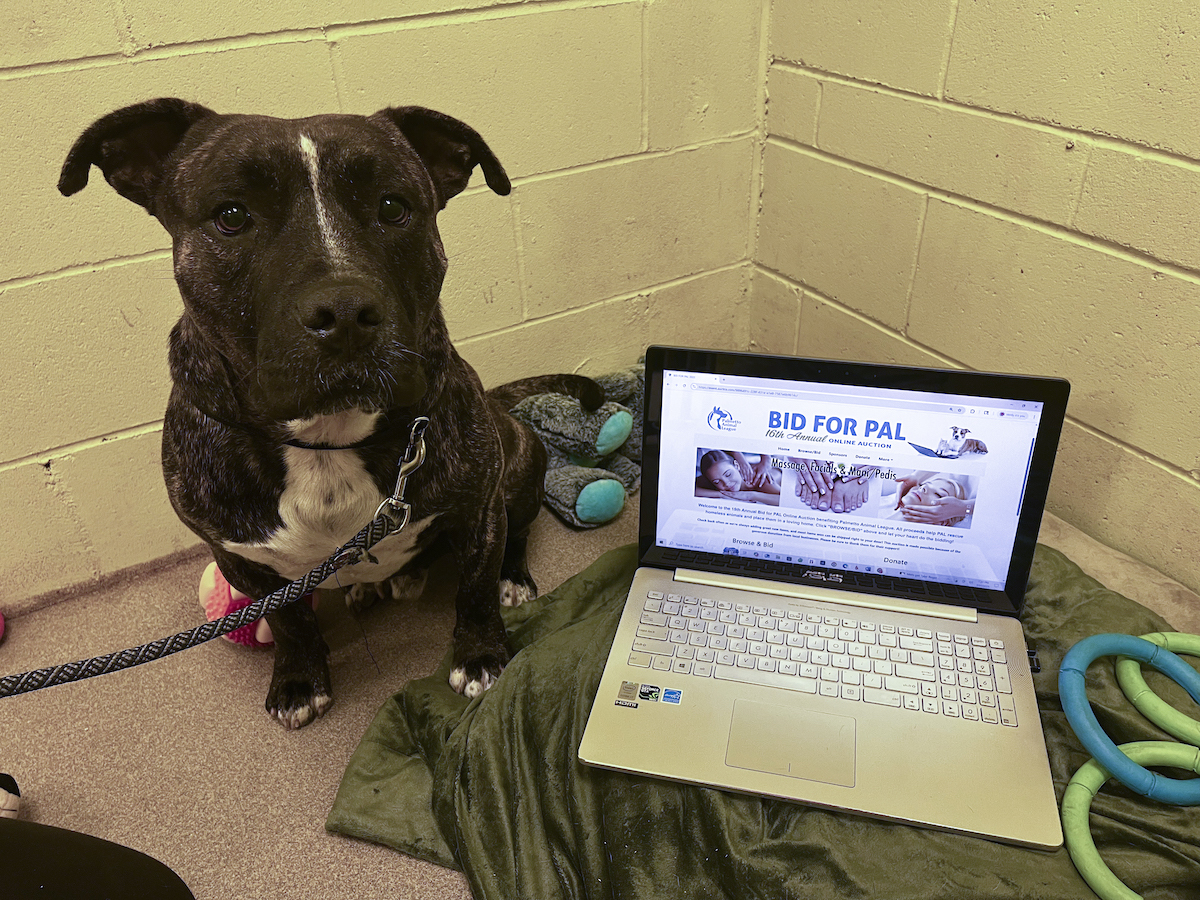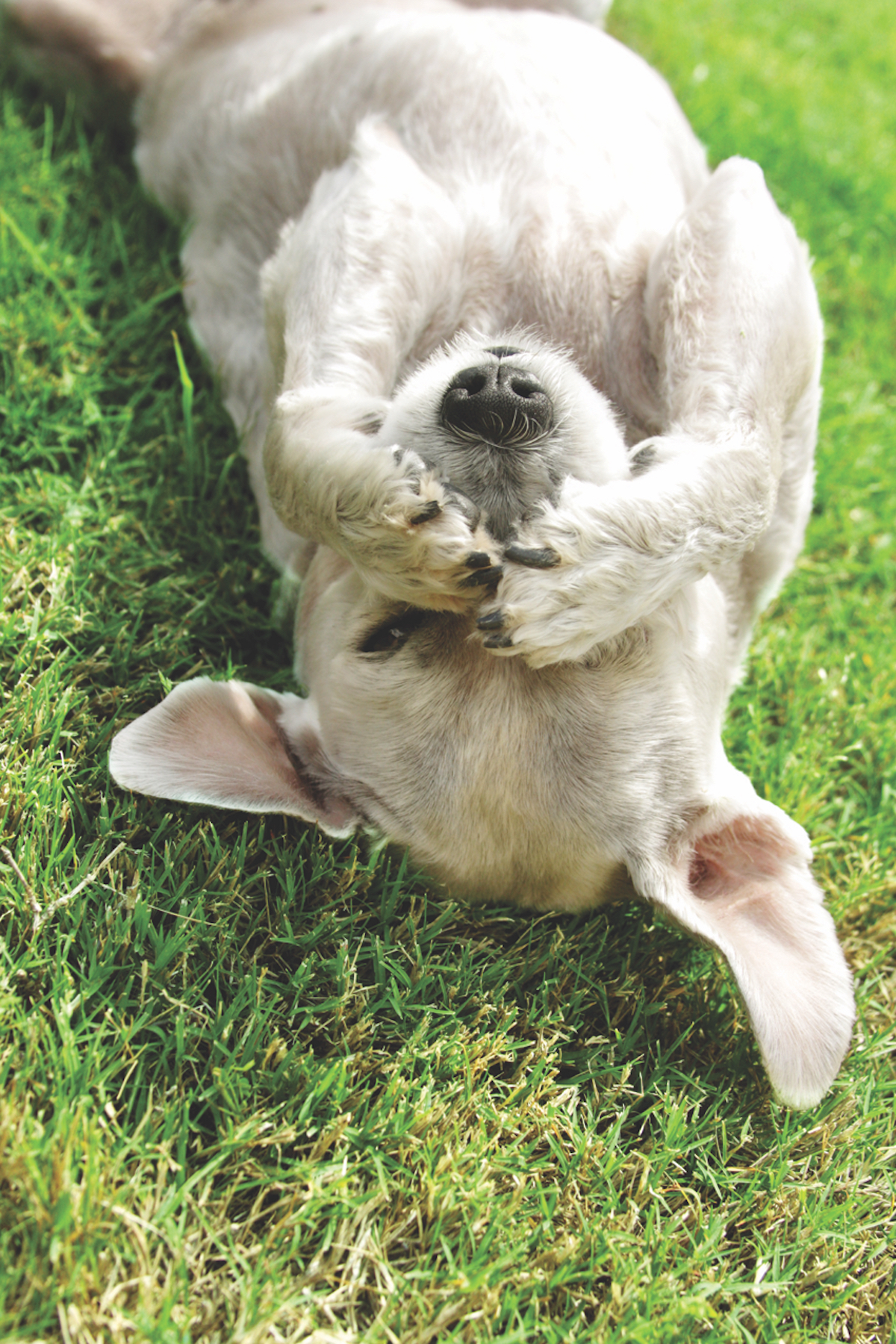Burtos, my kennel associate’s very tall dog, was a bit of a barfer. It seemed he couldn’t get through a day without eating a goodly amount of grass, horking it up, or just stalking around looking fretful. He just seemed to feel crummy all the time. Ultimately, changing up his diet ended his gastro-drama but in the meantime I put him on a course of slippery elm.
In the gastrointestinal tract, slippery elm goes right to work. It is a natural Pepto-Bismol, as it soothes, coats, and lubricates the mucus membranes in the digestive tract but without the nasties of heavy metal (bismuth) or the salicylic acid. It is an excellent treatment for colitis and other inflammatory bowel problems.
High in fiber, it helps normalize intestinal actions. Oddly enough it can be used to relieve both diarrhea and constipation. It can also help alleviate nausea and vomiting and, because of its ability to relieve inflammation, it has been used in the treatment of bronchitis, asthma, arthritis, and cystitis (in the bladder). Slippery elm’s mucilage content coats, soothes and lubricates the mucus membranes lining the digestive tract. (Mucilage is a substance that turns into a slick gel when mixed with water.) It also stimulates nerve endings in the intestinal tract to encourage mucous secretion that protects the lining from increased acidity. Slippery elm is an excellent treatment for ulcers, gastritis, colitis and other inflammatory bowel disorders. It is high in fiber so it helps normalize intestinal action; it can be used to relieve both diarrhea and constipation. Syrup made of slippery elm can be used to help heal mouth ulcers.
Slippery elm also contains carbohydrates, protein, fat, ascorbic acid, calcium and other trace minerals that can provide benefits to those dogs that are recovering from illness and, mixed into gruel, it is likely to stay down when other foods are not tolerated.
The slippery elm, Ulmus rubra, is a large, deciduous tree that is native to North American from Texas to Manitoba, and from Florida to Quebec. When growing in well-drained soils, it can reach a height of 60 feet (20 meters). The soft and stringy inner bark is collected in spring for medicinal use. Simplest to use is its powdered form; it can be purchased loose or in capsules at health food stores or from herb purveyors on-line.
Externally, a soothing paste of slippery elm powder (mix the powder with a little cold water) can be used as a poultice for hot spots, insect burns, rashes, scratches, ulcerated areas, or other shallow wounds. Native Americans used slippery elm bark to stop bleeding. It forms a natural “bandage” that can be left in place for several hours, if you can convince your dog to leave it alone!
In the case of cystitis (bladder inflammation), slippery elm is thought to soothe the bladder lining. However, it is somewhat high in magnesium, so may be contraindicated in dogs that have an active infection with an elevated urinary pH, where struvite crystal formation may be a risk. Slippery elm bark contains natural pentosans, a class of complex sugars that contains the same compound found in the drug Elmiron®, the major pain-relieving treatment for interstitial cystitis (IC) in women. Pentosan has been used by the pharmaceutical industry as an anti-coagulant and anti-inflammatory for more than 40 years.
Slippery elm powder mixed with water can be used as a poultice to treat insect bites and wounds; it absorbs many times its own weight in water so be sure to add enough to make a moderately thick paste. Slippery elm is inexpensive and easy to use and so would make this herb a great addition to your pet’s first aid kit.
Latest from Pets
Concert event supports Palmetto Animal League From staff reports Mingle with some of the Lowcountry’s cutest
From staff reports Where can you splurge on yourself while saving lives? Palmetto Animal League’s annual
From staff reports Kitten Yoga is coming to Effervescence YogaSpa, and will serve as the first
By Paul Hyde On the eighth day, after taking a day off, God realized human beings
Christmas has passed, but New Year celebrations, Hannukah and Kwanza are in full swing. Celebrants all over






